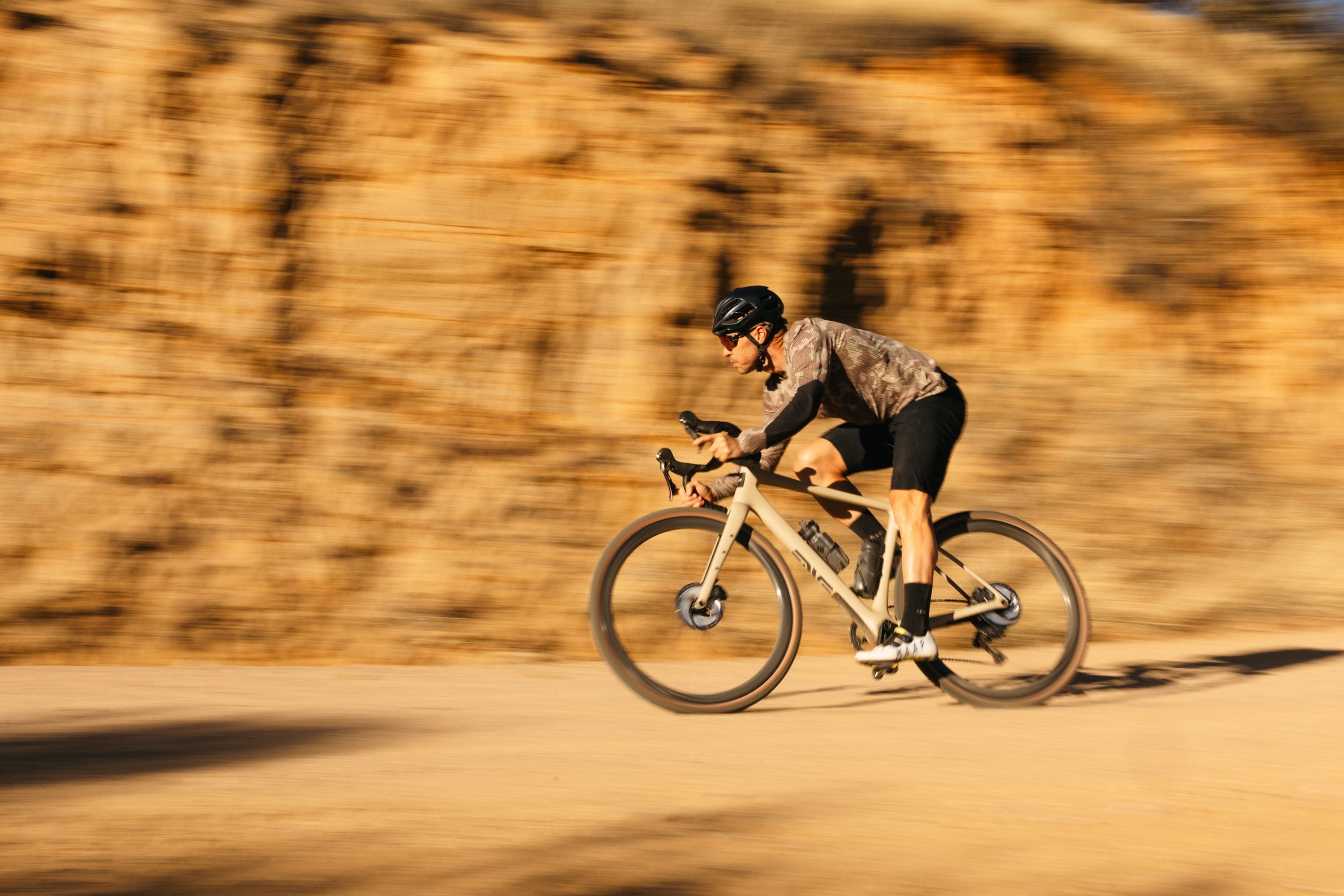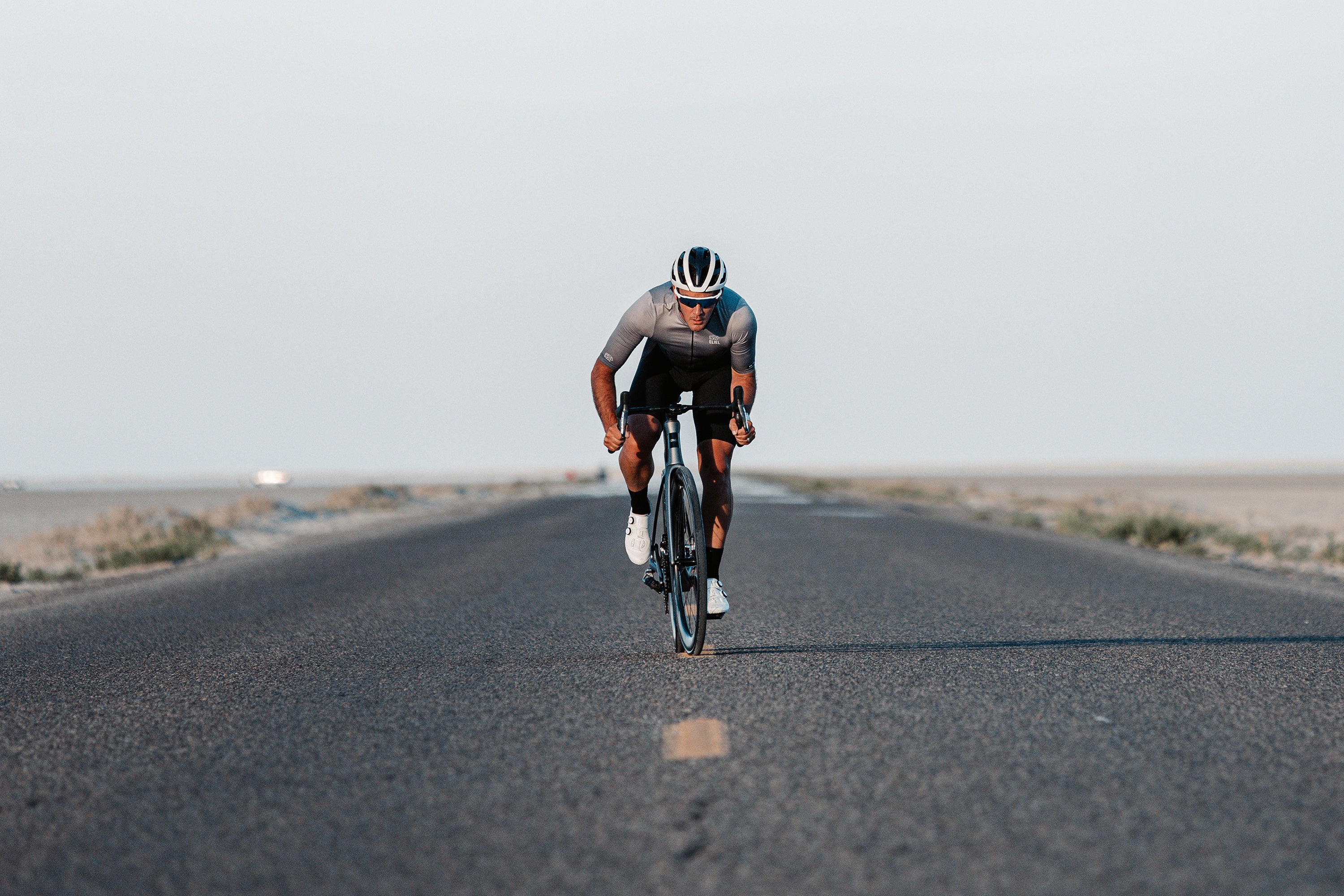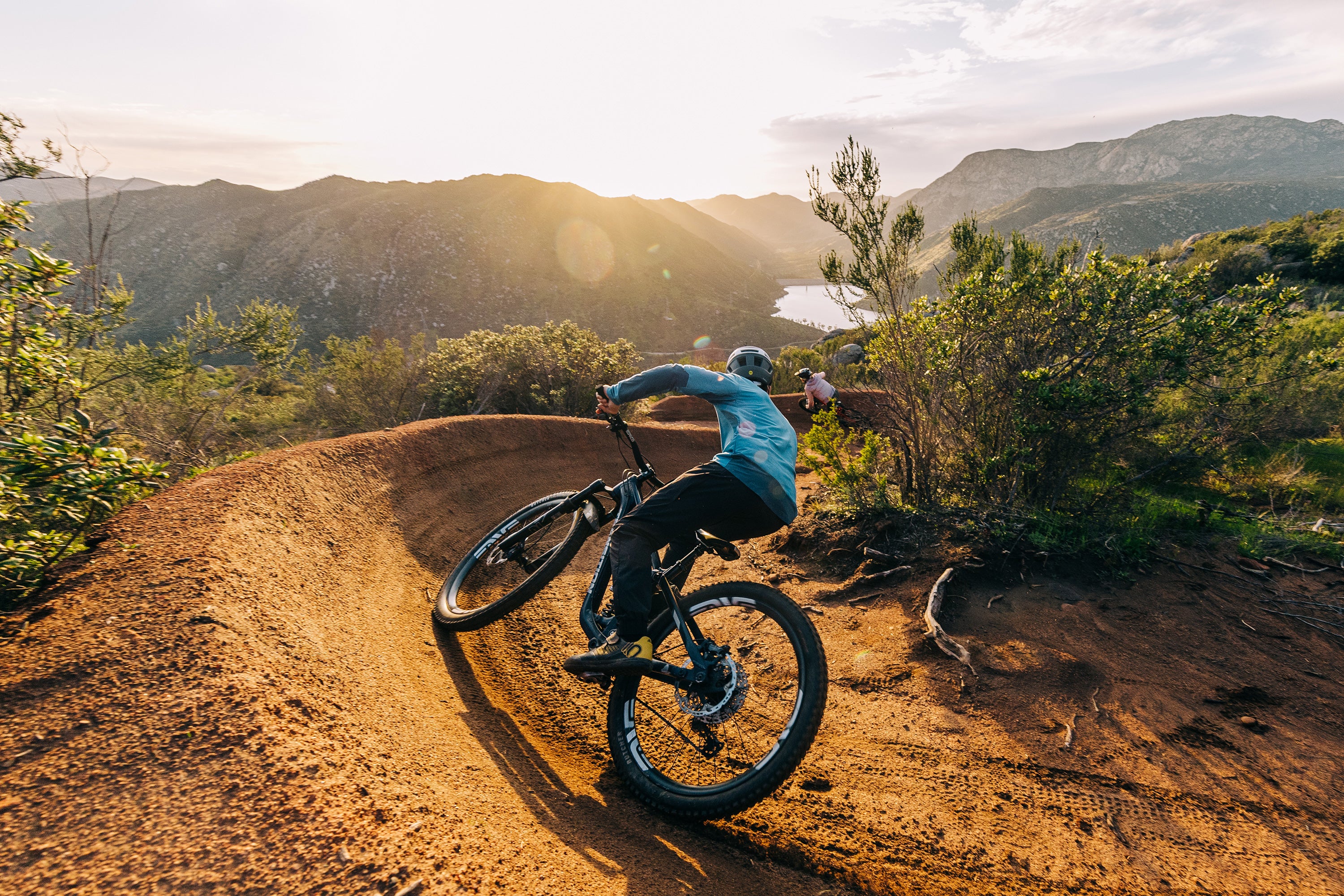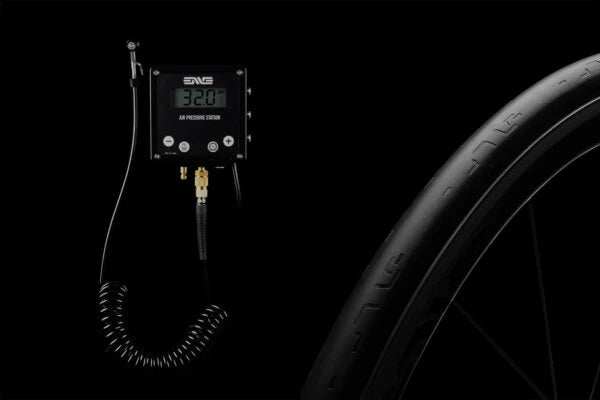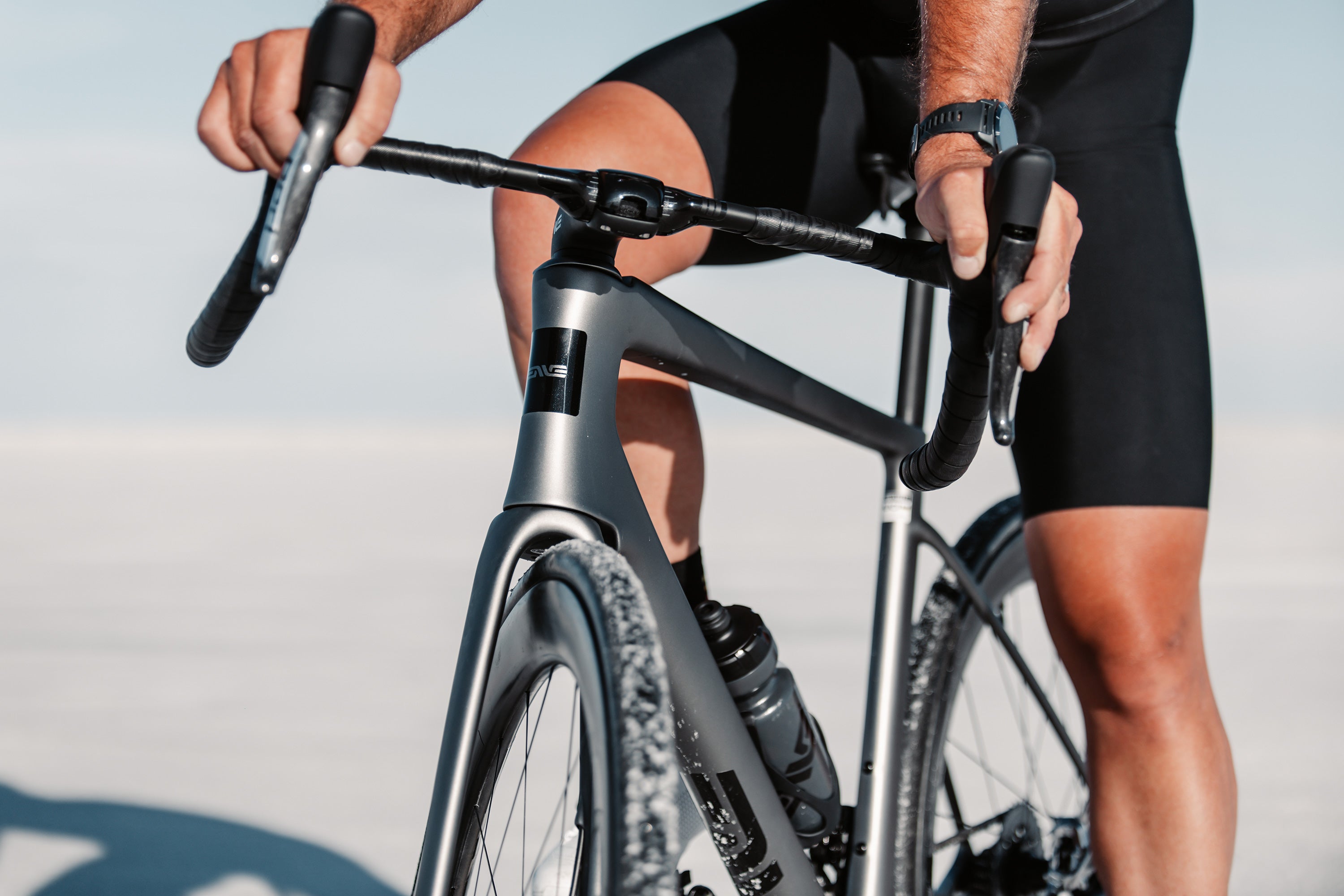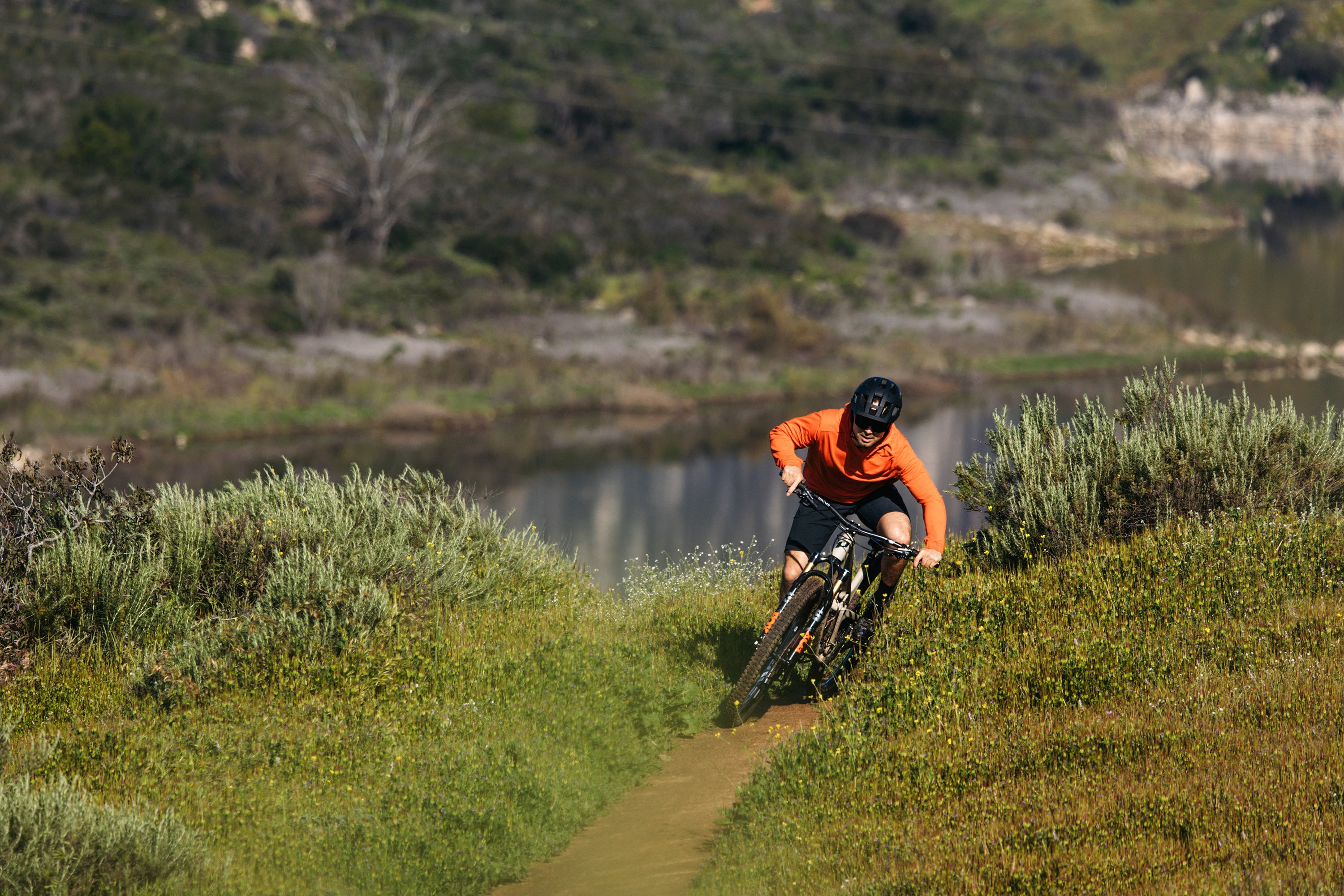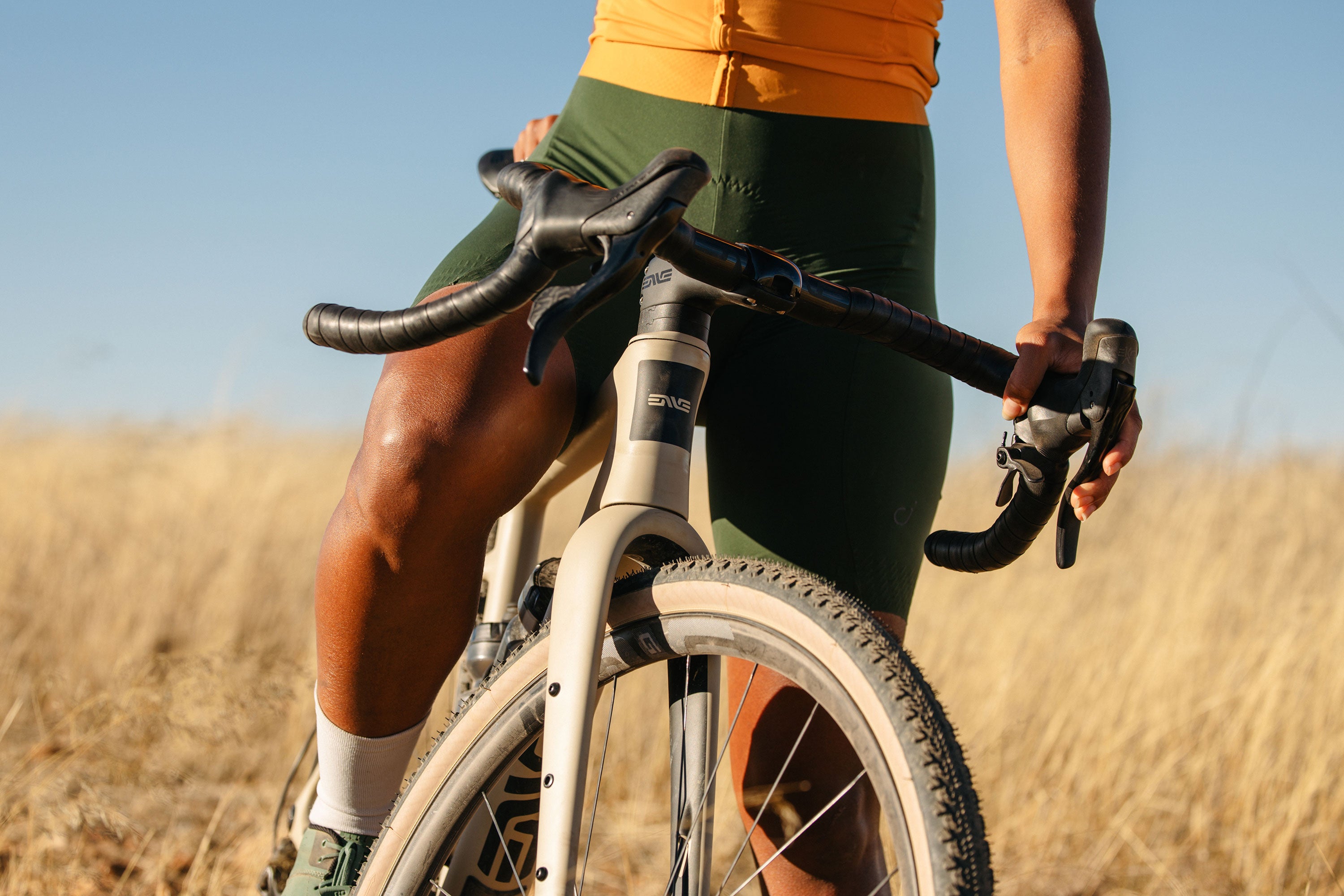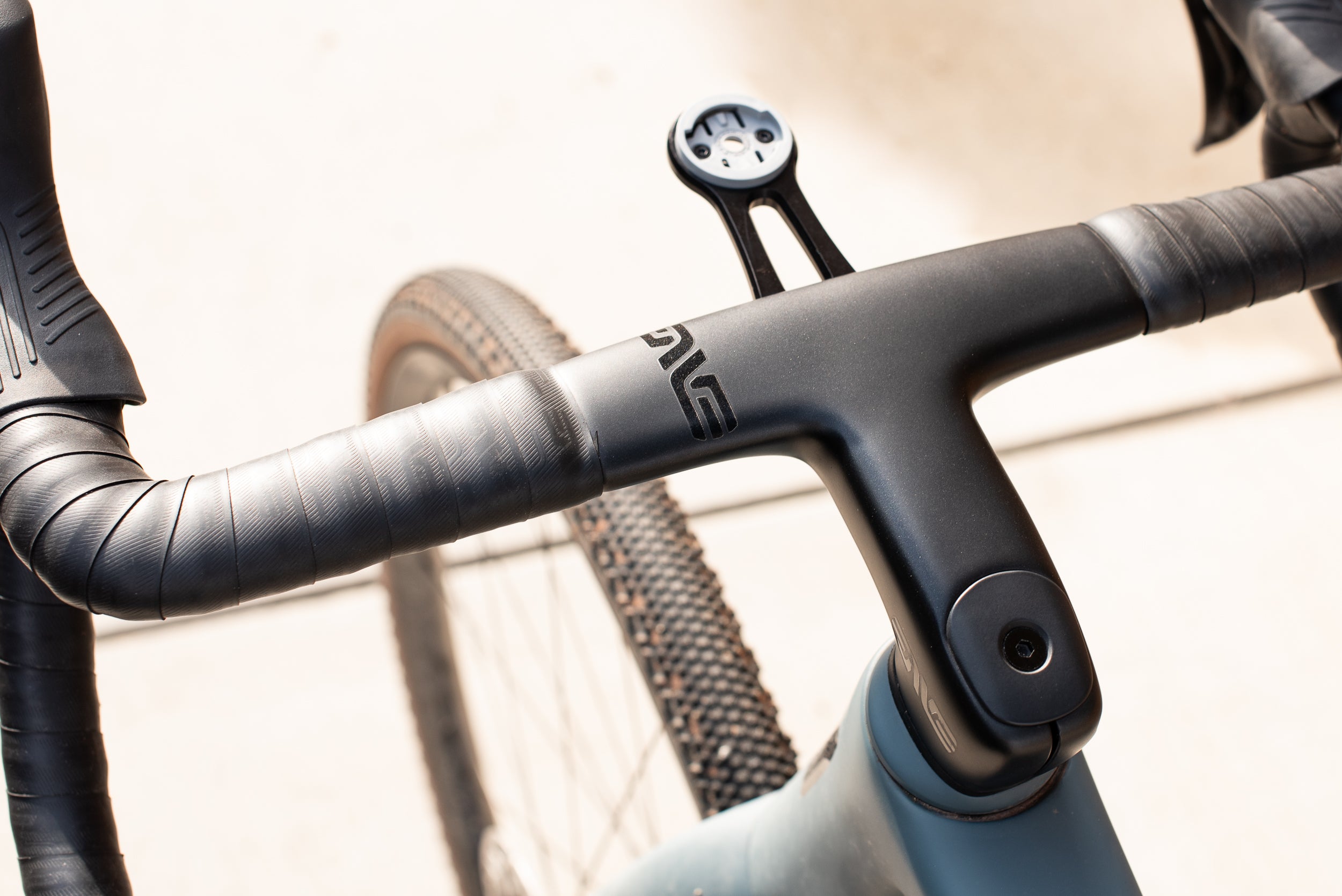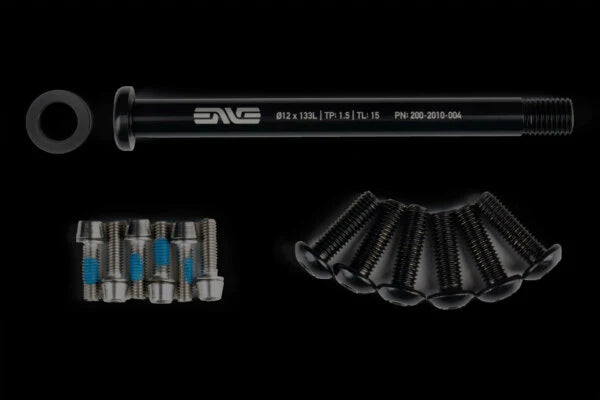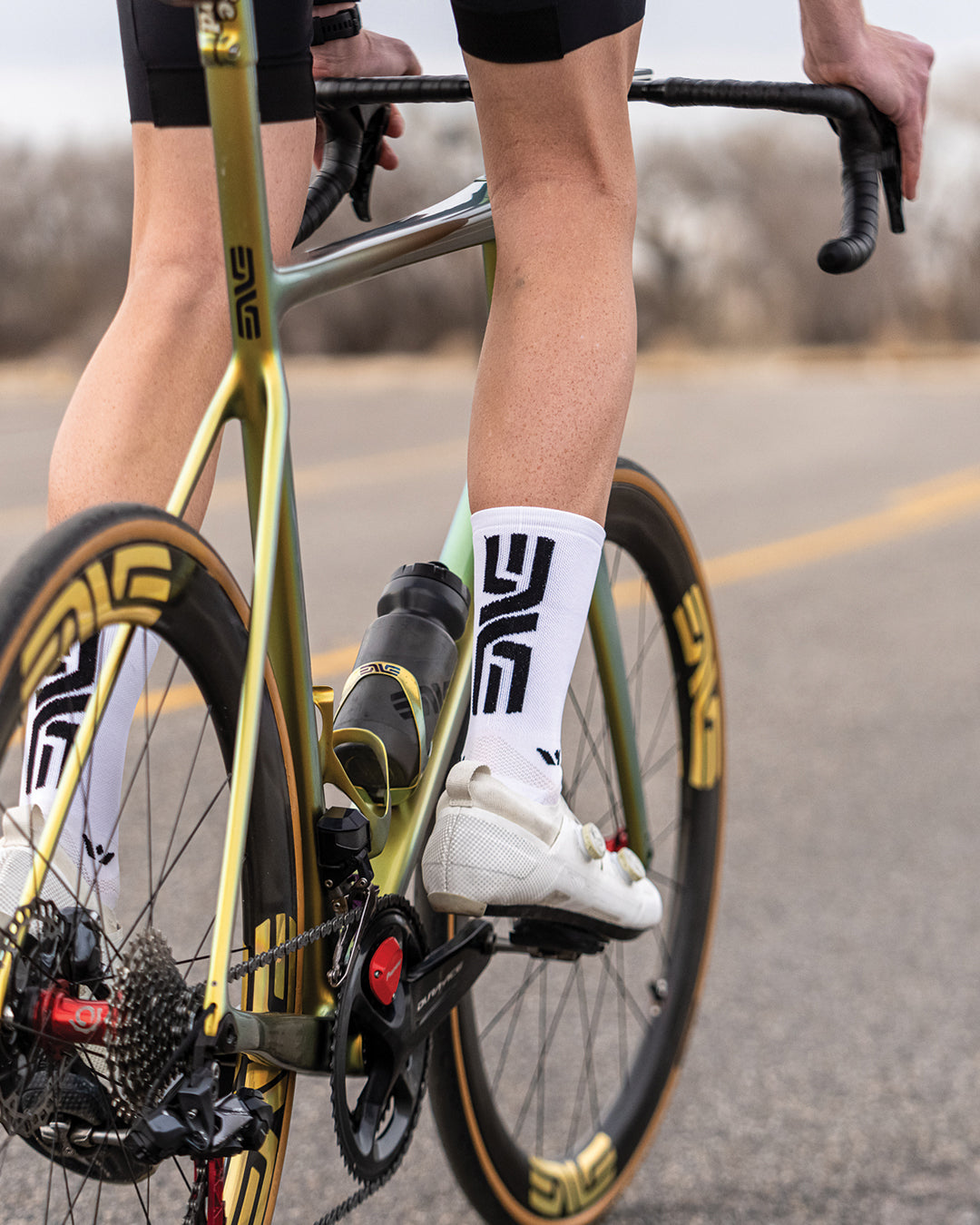Tour de France Recap - Three Weeks of Winning
Words by: Zach Behr
Tadej Pogačar just won his third Tour de France, claiming six stage wins along the way and some of the fastest ascents in cycling history. The UAE Team Emirates rider is proving himself as one of the greatest cyclists of all time in a year when many thought he’d be suffering from fatigue. Pogačar finished the Giro d’Italia just a month before the start of the Tour de France, and then he went to altitude at Isola 2000.
For three weeks, Pogačar rested and trained at the finish of Stage 19 of the Tour de France at 2,000 meters. While some questioned his preparation, others knew that Pogačar was in the form of his life. It didn’t take long for Pogačar to pull on the maillot jaune, but he then had to defend it against the two-time defending Tour Champion, Jonas Vingegaard.
By the time he reached Nice, Pogačar had won the Tour de France by more than six minutes, dominating the race in a way that few thought was possible.
This is the 2024 Tour de France review.

Week 1 — Pogačar Takes an Early Lead, and Team TotalEnergies Seizes the Spotlight
Pogačar dealt the first blow of the Tour de France with an explosive attack on Stage 2. The 200 km stage featured two ascents of the Cote de San Luca (2 km at 9.7%), and Pogačar launched off the UAE Team Emirates train with 12 km to go.
He dropped everyone but Vingegaard, the winner of the last two Tours de France. The pair crossed the finish line together, but it wasn’t long before they’d do battle again. Stage 4 featured the massive ascent of the Col du Galibier (22.9km at 5.1%), and UAE Team Emirates rode all day to set up Pogačar.


The entire team rode ENVE SES wheels throughout the Tour de France, opting for the SES 4.5 for most stages. Pogačar chose the SES 4.5 for every climbing stage and the SES 6.7 on the flat stages.
Pogačar dropped everyone with an attack in the final kilometer of the Galibier, and he extended his advantage further on the 20 km descent to Valloire. ENVE’s SES wheels were the perfect combination of lightweight on the climbs and lightning-fast on the descents. Paired with 30 mm tires, the SES 4.5 provided an additional edge in handling for attacking the descents, which helped Pogačar take both the stage win and the yellow jersey.
The GC battle was relatively quiet until Stage 9, which featured 14 gravel sectors in 203 km. Pogačar attacked over and over and over again, but he couldn’t permanently shake his GC rivals, Vingegaard and Remco Evenepoel.
Up the road, the day’s breakaway was fighting for the stage win, and among them was Anthony Turgis of Team TotalEnergies. The team rode ENVE Melee bikes with SES wheels throughout the Tour, and Stage 9 couldn’t have been a better showcase. Turgis and his Melee handled 200 km across gravel roads to take the stage win in Troyes, the biggest win in the team’s history.





Week 2 — Vingegaard Strikes Back, but Pogačar Counters With a 1-2 Punch
Pogačar looked like he was riding away to victory in Stage 11, but Vingegaard fought back to the UAE Team Emirates’ rider’s wheel. To everyone’s surprise, Vingegaard out-sprinted Pogačar to win the stage, and it looked like Pogačar had lost his momentum.


But over the next few days, Pogačar and UAE Team Emirates prepared for a massive weekend in the mountains, featuring back-to-back summit finishes on Pla d’Adet (Stage 14) and Plateau de Beille (Stage 15).
In our Tour de France Preview, we estimated the climbing times that it would take for Pogačar to win the Tour. But in reality, Pogačar went faster than anyone predicted, shattering the all-time climbing records by multiple minutes. On Stage 14, Pogačar bridged across to his teammate, Adam Yates, before powering to victory ahead of Vingegaard and Evenepoel. That was an impressive win, but it pales in comparison to Pogačar’s Stage 15 performance that will go down in cycling history.


Before the 2024 Tour de France, the record ascent of Plateau de Beille was just under 45 minutes. In our Preview, we predicted that Pogačar would climb Plateau de Beille in 43-44 minutes. In Stage 15 of this year’s Tour de France, Pogačar climbed the Plateau de Beille in 39 minutes and 30 seconds.

Pogačar – Plateau de Beille
Estimated Time: 43-44 minutes
Estimated VAM: 1,750-1,850 Vm/h
Actual time: 39:30 at 1,861 Vm/h
There are many different ways to measure climbing performance, but here, we’ll use VAM to compare and contrast Pogačar’s estimated efforts. VAM is an acronym for the Italian phrase ‘velocità ascensionale media’, but colloquially, it has been English-translated to ‘vertical ascent in meters.’ In other words, VAM is an estimate of the number of vertical meters you climb per hour.
You can think of VAM like speed, but vertically. Instead of traveling horizontally at 20 kph or mph, you are climbing at a VAM of 500 vertical meters per hour, for example. VAM is strongly influenced by the length and gradient of a given climb – it’s easier to produce a higher VAM on shorter and steeper climbs, for example.
An exceptional VAM is >1,500 Vm/h on any given climb, while most amateur riders will be around 300-600 Vm/h. World-class VAM is >1,800 Vm/h, especially on longer climbs, in the heat, and up to high altitudes.
Week 3 — Pogačar Cleans Up the Tour de France with Three Consecutive Stage Wins
After the destruction of Plateau de Beille, Pogačar had a four-minute lead in the General Classification with six stages to go. The next major mountain stage came on Stage 19, featuring a summit finish at Isola 2000. Having stayed there during his post-Giro/pre-Tour altitude camp, Pogačar knew every curve, pitch, and crack in the climbs around Isola.

It was no surprise when Pogačar took the win on Isola 2000, putting more time into his GC rivals in the process. But one of the hardest stages of the Tour was coming up next, featuring 4,763 meters of climbing in 133 km from Nice to the Col de la Couille. If there was ever a time when the post-Giro fatigue would catch up to Pogačar, this was it.
Instead of capitulating, Pogačar was stronger than ever. He dropped his rivals with a single acceleration and soloed to another stage win atop the Col de la Couille.




Pogačar – Col de la Couille
Time: 39:04
VAM: 1,760 Vm/h
Unlike previous editions, this year’s Tour de France ended with a 35-kilometer route from Monaco to Nice. The route was certainly special for Pogačar, who lives in Monaco. The yellow jersey wearer even gestured to the UAE Team Emirates car during the time trial, holding up three fingers to symbolize his third victory in the Tour de France.
Relaxed and happy, Pogačar flew up the climbs and descents to win the final time trial by more than a minute. After facing months of questioning about the Giro-Tour double, changing coaches, and a revised training schedule, Tadej Pogačar delivered in the best way possible. After three weeks of racing, Pogačar came away with six stage wins and his third yellow jersey. Simply put, it was one of the most dominating performances in Tour de France history.
For ENVE, it was a monumental three weeks with our first yellow jersey and the Melee taking its first Grand Tour stage victory.



